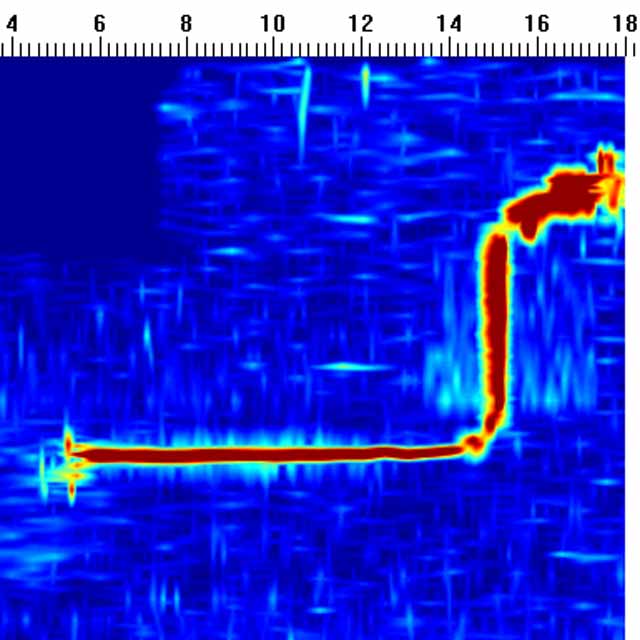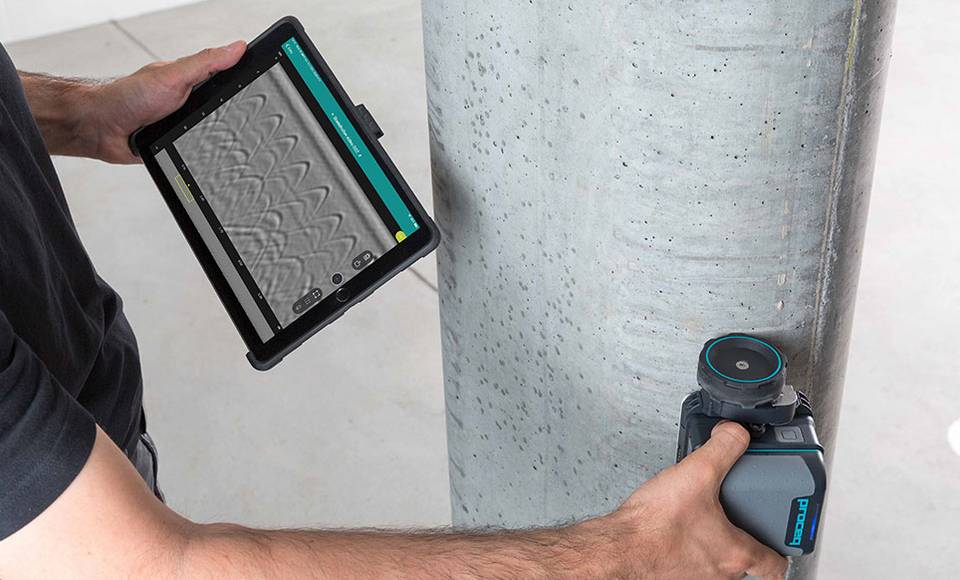The Scientific research of Building: Concrete Scanning and Imaging
Wiki Article
Revolutionizing Concrete Examination: The Power of GPR Scanning in Building
Are you tired of standard techniques for examining concrete in building and construction? Look no additional! GPR scanning is here to revolutionize the means you evaluate concrete. With its advanced innovation, GPR scanning offers numerous advantages over traditional techniques. In this short article, we will discover the essentials of GPR modern technology, its applications in construction, and the future patterns and developments that will certainly form the industry. Prepare yourself to find the power of GPR scanning in building!
The Fundamentals of GPR Technology
If you're interested concerning the basics of GPR innovation, you'll be astonished at how it revolutionizes concrete examination. Ground Penetrating Radar (GPR) is a non-destructive testing technique that utilizes electro-magnetic waves to develop photos of subsurface structures. It works by transferring high-frequency radio waves right into the concrete and gauging the shown signals. This allows building experts to see what exists under the surface area without having to break or harm the concrete.GPR innovation has various applications in the area of concrete examination. Furthermore, GPR can identify the visibility of energies, such as cords and pipes, embedded within the concrete, helping to stay clear of unexpected damage throughout construction or improvement projects.
The advantages of GPR innovation are obvious. It supplies a fast, precise, and non-invasive method of inspecting concrete frameworks. With GPR, building professionals can save money and time by preventing unnecessary fixings, making sure safety, and enhancing overall job effectiveness. By transforming concrete inspection, GPR innovation has actually become an important tool in the building market.
Applications of GPR Scanning in Building And Construction
You can discover a large variety of applications for GPR scanning in the building industry. With its ability to pass through various other and concrete products, GPR scanning has become an indispensable tool for construction professionals.Along with finding rebar, GPR scanning can likewise be utilized to identify gaps or tooth cavities within concrete. This is specifically helpful for guaranteeing the structural honesty of a structure or bridge. By discovering locations of weakness, construction employees can take the needed steps to enhance these sections, preventing possible collapses or mishaps.

Total, GPR scanning has actually reinvented the way building specialists come close to concrete assessment. Its adaptability and accuracy make it a vital tool for making sure the safety and security and effectiveness of construction jobs.
Benefits of GPR Scanning Over Conventional Techniques
The advantages of GPR scanning over conventional methods include its ability to provide real-time images, locate surprise items, and accurately map underground utilities. Unlike traditional techniques that call for taxing and costly excavation, GPR scanning supplies instant photos, conserving you time and money.GPR scanning likewise has the remarkable capacity to situate surprise objects. Whether it's hidden pipelines, wires, or rebar within concrete structures, GPR scanning can identify them precisely, decreasing the risk of damaging these things during construction. This not just guarantees the security of employees however also stops potential pricey repair work down the line.
In addition, GPR scanning is extremely reliable in accurately mapping below ground utilities. It supplies detailed info regarding the location, depth, and dimension of buried utilities, permitting construction groups to function with precision and stay clear of unintentional damages. This level of accuracy makes certain that jobs remain on schedule and within spending plan.
Challenges and Limitations of GPR Scanning in Concrete Evaluation
To properly attend to challenges and constraints in concrete evaluation, it's vital to comprehend the potential for incorrect readings in GPR scans. When making use of Ground Penetrating Radar (GPR) for concrete examination, false analyses can take place due to various variables. By comprehending the capacity for false analyses and taking needed precautions, you can conquer the restrictions and challenges linked with GPR scanning in concrete assessment, and properly use its power to reinvent the building sector.Future Trends and Innovations in GPR Scanning for Building
By welcoming new innovations and advancements, you can stay in advance of the contour and advantage from the future trends and innovations in GPR scanning for the building market. Among the vital future trends is the development of advanced GPR systems that use higher resolution and enhanced precision. These systems will certainly enable more exact mapping and detection of subsurface functions, making it easier to determine prospective risks and plan building jobs as necessary.
Additionally, there is ongoing r & d in the area of man-made intelligence (AI) and artificial intelligence (ML) for GPR scanning. These this post modern technologies have the prospective to automate information analysis and analysis, making the scanning process much faster and much more reliable. AI and ML formulas can gain from previous scans and improve their precision over time, causing more reliable results.
Total, the future of GPR scanning in the building industry looks appealing. By staying up to date with the newest fads and developments, you can boost your construction jobs, lower costs, and make certain the safety and longevity of your frameworks.
Final Thought
In final thought, you now understand the innovative power of GPR scanning in building. As the construction industry proceeds to advance, we can anticipate to see more technologies and improvements in GPR scanning, making it an essential component of future building and construction jobs.With its capacity to permeate other and concrete products, GPR scanning has become an important tool for building and construction experts. Whether it's buried pipes, cable televisions, or rebar within concrete structures, GPR scanning can detect them precisely, reducing the threat of damaging these things throughout construction. By recognizing the potential for false analyses and taking necessary safety measures, you can get over the difficulties and limitations linked with GPR scanning in concrete evaluation, and properly utilize its power to revolutionize the building and construction market.
By accepting new modern technologies and innovations, you can stay ahead of the contour browse around here and benefit from the future fads and innovations in GPR scanning for the building and construction industry - Concrete Scanning and Imaging. As the building sector continues to develop, we can anticipate to see further developments and innovations in GPR scanning, making it a vital component of future construction jobs
Report this wiki page